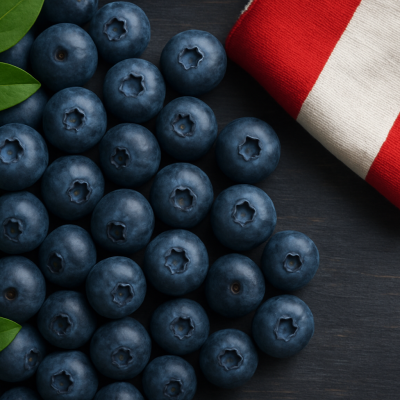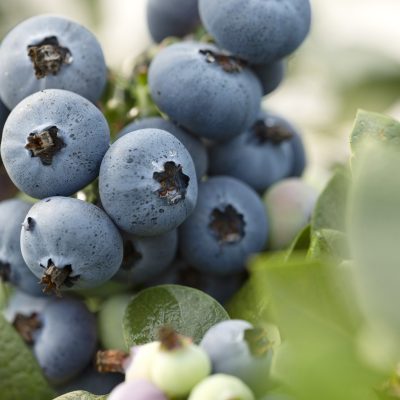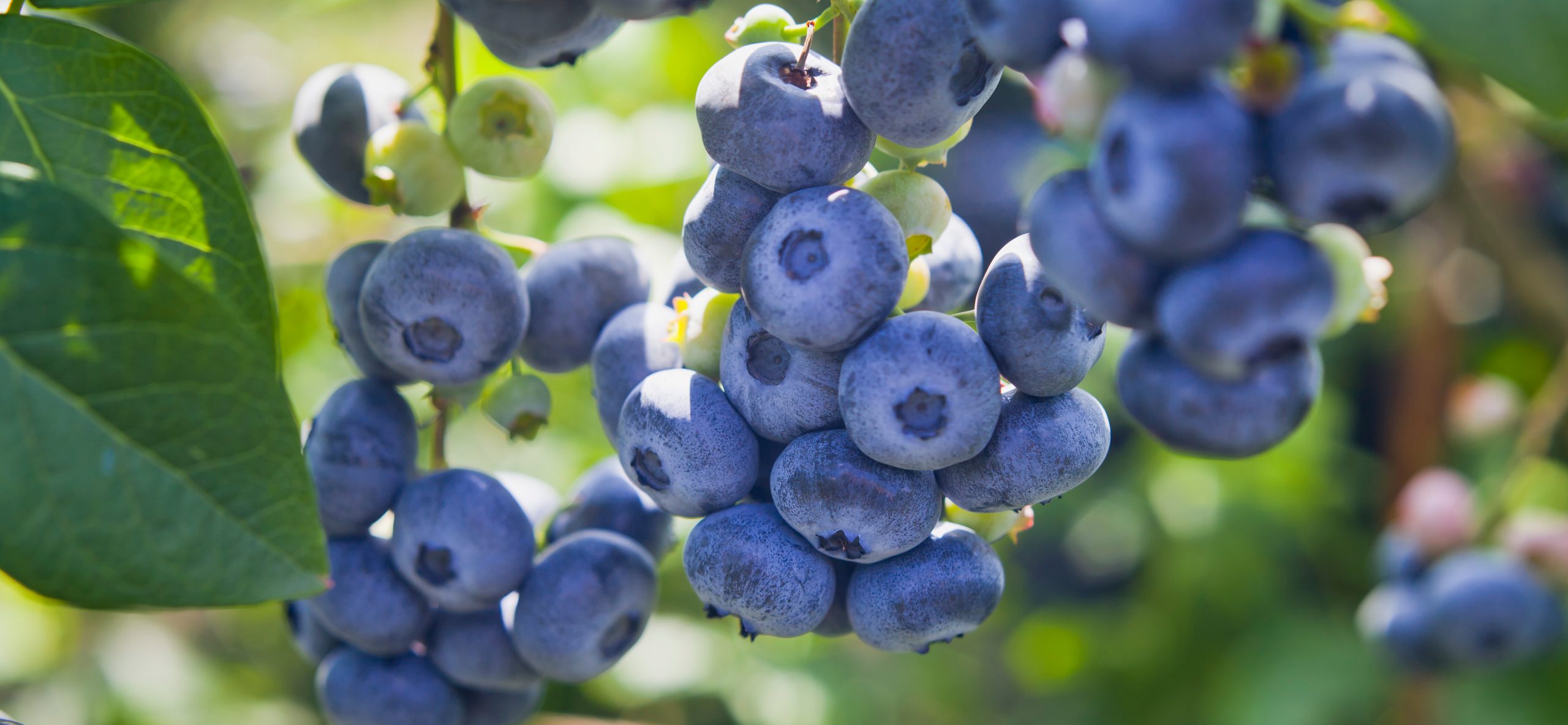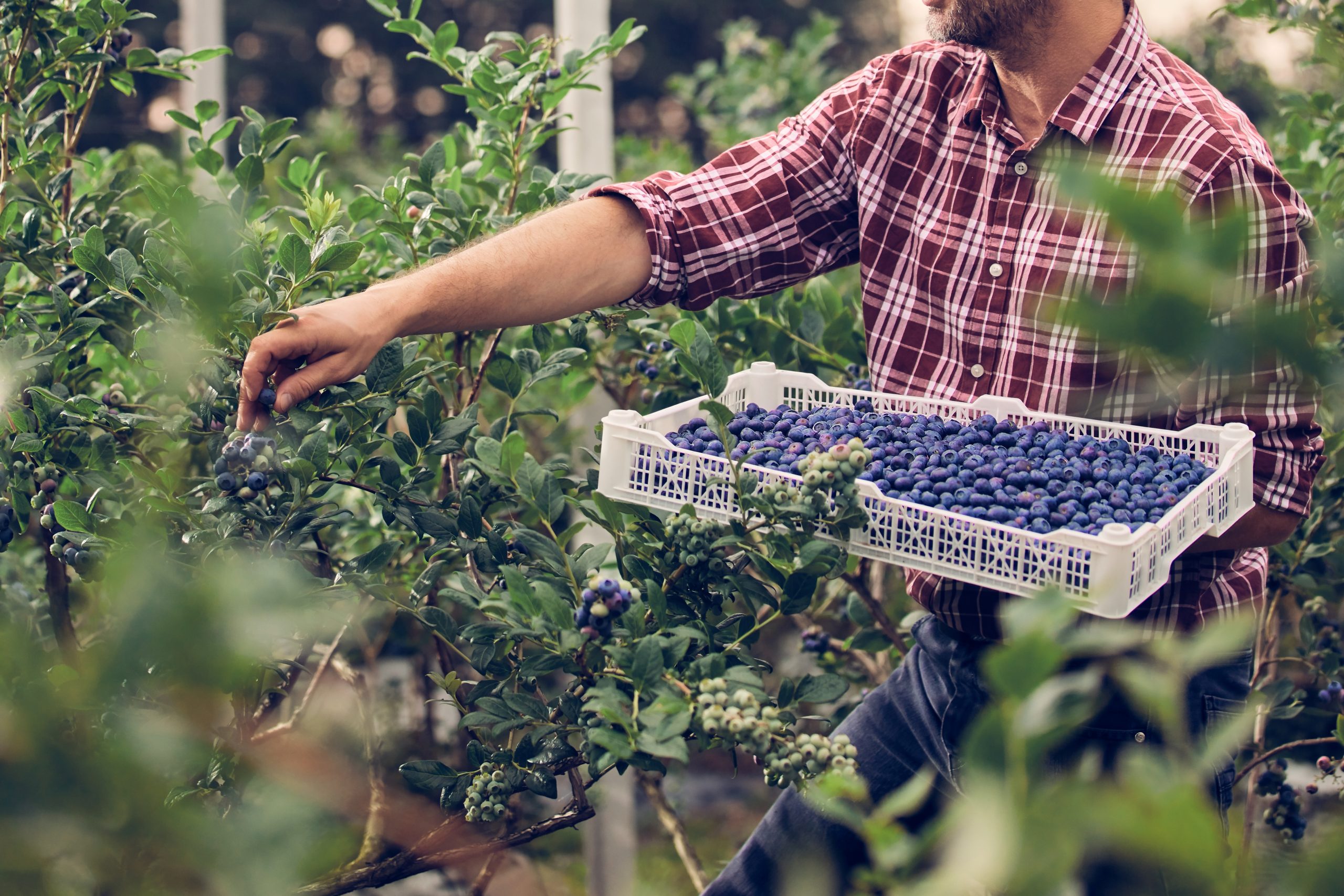US: Pesticide data shows fresh produce safety record
An annual U.S. Department of Agriculture report on pesticides on fruits and vegetables once again shows that residues are below government tolerances.
The USDA’s Agricultural Marketing Service 2011 Pesticide Data Program report also includes a letter explaining the levels of residue pose no health risk.
“Consistent with guidance from health and nutrition experts — and as affirmed federal nutrition guidance that urges people to make half their plate fruits and vegetables — we encourage everyone to continue to eat more fruits and vegetables in every meal and wash them before you do so,” according to the letter.
The new data confirms that pesticide residues in food “do not pose a safety concern for Americans,” according to the Environmental Protection Agency, in the letter.
Industry advocates said the report should reassure consumers.
“This report reaffirms what we’ve known all along — produce remains the safe choice for consumers,” according to a statement from Bryan Silbermann, president of the Newark, Del.-based Produce Marketing Association.
Marilyn Dolan, executive director of the Watsonville, Calif.-based Alliance for Food and Farming, said the group continues its campaign to educate consumers about the safety of both conventional and organic produce, with the website www.safefruitsandveggies.com as the centerpiece.
“A key piece of information on this website is an expert panel report conducted by five scientists who reviewed claims made by special interest groups about the safety of fruits and vegetables with respect to pesticide residues,” Dolan said in a news release. “This panel of scientists was clear that the food safety systems imposed by the government are health protective for all consumers, including infants, children and pregnant women.”
Sampling is carried out by the AMS in California, Colorado, Florida, Maryland, Michigan, Minnesota, Montana, New York, North Carolina, Ohio, Texas, Washington and Wisconsin.
Samples are selected without regard to country of origin, variety, or organic labeling, according to the report. Fresh and processed fruit and vegetables accounted for 82.3% of total samples collected in 2011, with other samples including water (6.6% of samples collected), milk (5.8%), eggs (2.9%) and soybeans (2.4%). Fresh and processed fruits and vegetables tested in 2011 were samples baby food (green beans, pears, sweet potatoes), canned beets, cabbage, cantaloupe, cauliflower, cherry tomatoes, hot peppers, lettuce, mushrooms, onions, orange juice, papayas, plums, snap peas, canned and frozen spinach, sweet bell peppers, tangerines and winter squash.
According to the USDA, 72.7% of the samples were from the U.S., 22.8% were imports, 3.8% were of mixed origin and 0.7% were of unknown origin.
Excluding water, residues exceeding government established tolerances were detected in 32 of the 11,894 samples. Of those 32 samples, 78% were imported items.
The Packer






